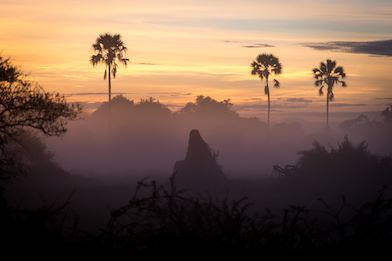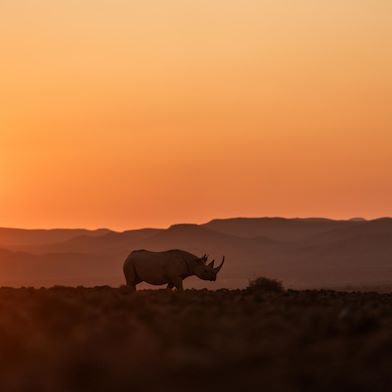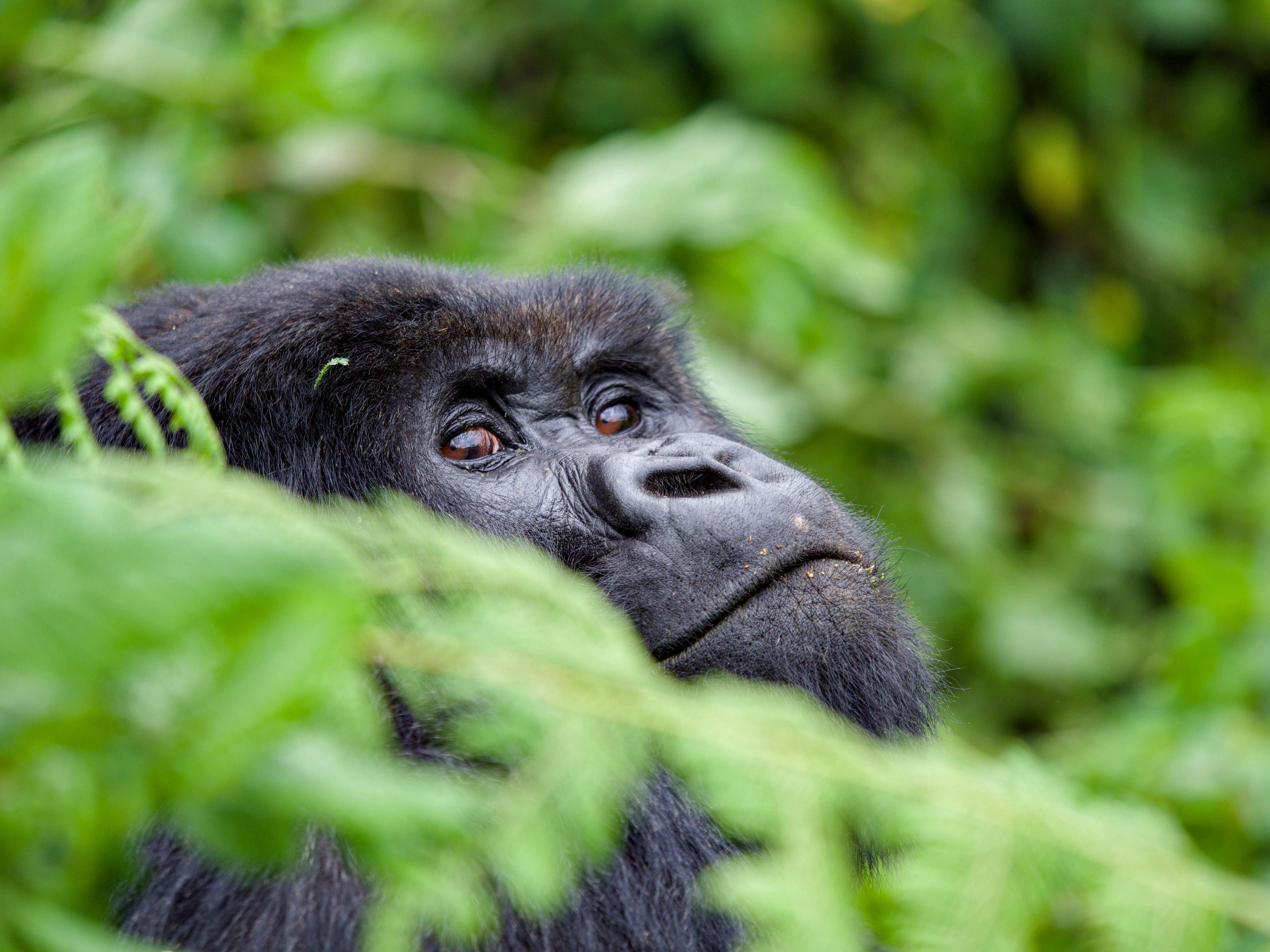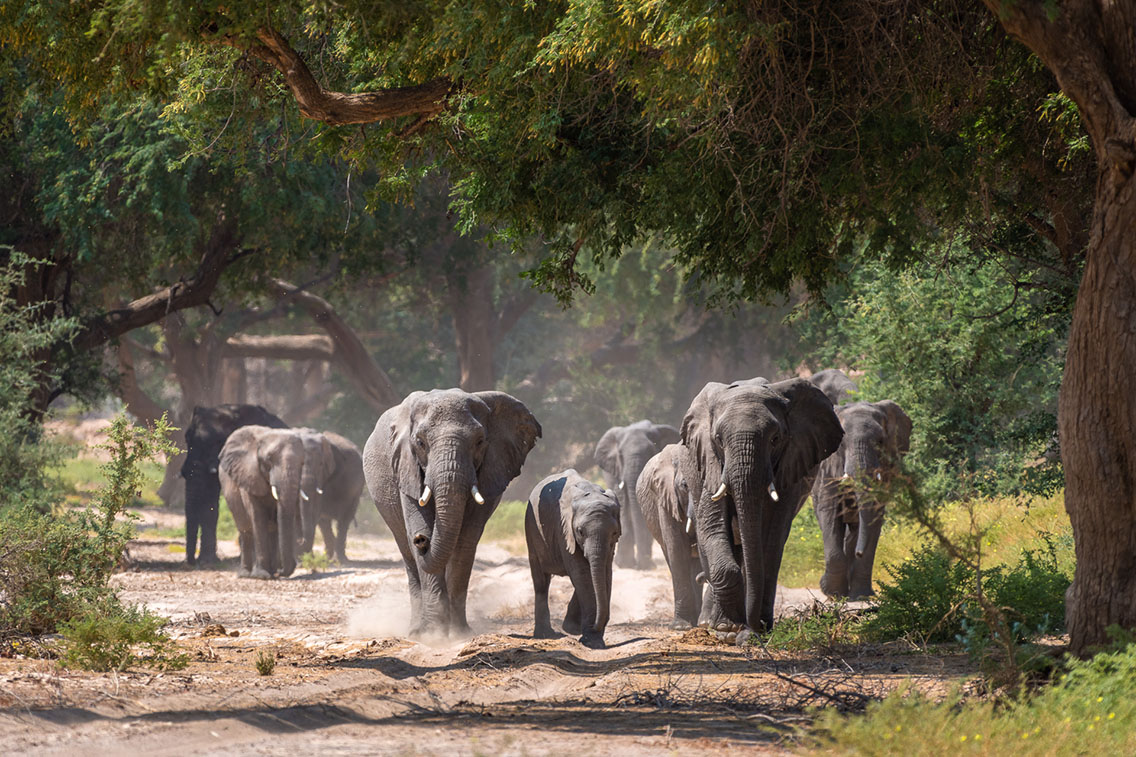Africa
Rare wildlife to celebrate this World Endangered Species Day
Conservation
Wildlife
Lauren Dold
5/13/2025
World Endangered Species Day

Black rhino
African wild dog
Mountain gorilla
Elephant
Lion
A safari that makes a difference
We are determined to have the greatest impact possible on the world’s wildlife, wilderness and local communities.
We are determined to have the greatest impact possible on the world’s wildlife, wilderness and local communities.
More to discover

The Hoanib – Linear Oasis of the Namib
Ephemeral rivers are seasonal but sustain wildlife in dry area. Learn about Hoanib River formation. ...
Read moreMartin Benadie
30.06.2025

Ngamo: Story of an African farm
It’s a cold and misty morning at Wilderness Davison’s, a remote safari camp in Zimbabwe’s renowned H...
Read moreAndy Wassung
20.06.2025

Termites – 5 fun facts about the architects of the Okavango Delta
Read about the fascinating African termites have shaped the Okavango Delta, with termite mounds & di...
Read moreTao Varty
10.06.2025

5 unique desert-adapted animals of Namibia
Only highly adapted wildlife can survive in the desert. Learn more about 5 unique desert-adapted ani...
Read moreTao Varty
05.05.2025

Beneath the Albida trees: Forests of Mana Pools & the Wilderness Chikwenya Experience
Explore Mana Pools’ magical albida forests & discover why Wilderness Chikwenya offers unmatched acce...
Read moreLauren Dold
12.04.2025

Let’s plan your next journey
Ready?
When we say we’re there every step of the way, we mean it, literally. From planning the perfect circuit, to private inter-camp transfers on Wilderness Air, and easing you through Customs. We’re with you on the ground, at your side, 24-7, from start to finish. Ready to take the road less travelled? Contact our Travel Designers to plan an unforgettable journey.




